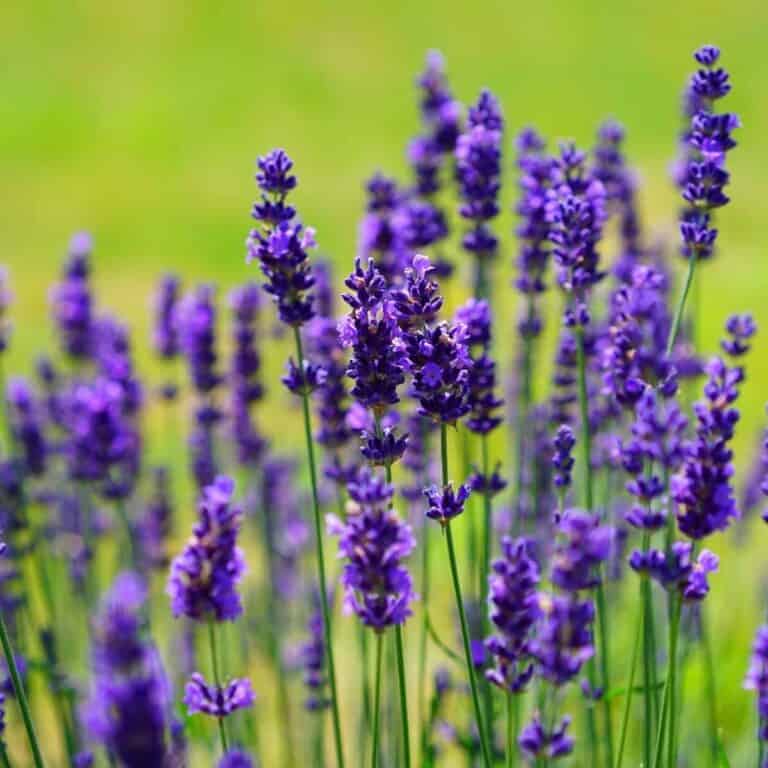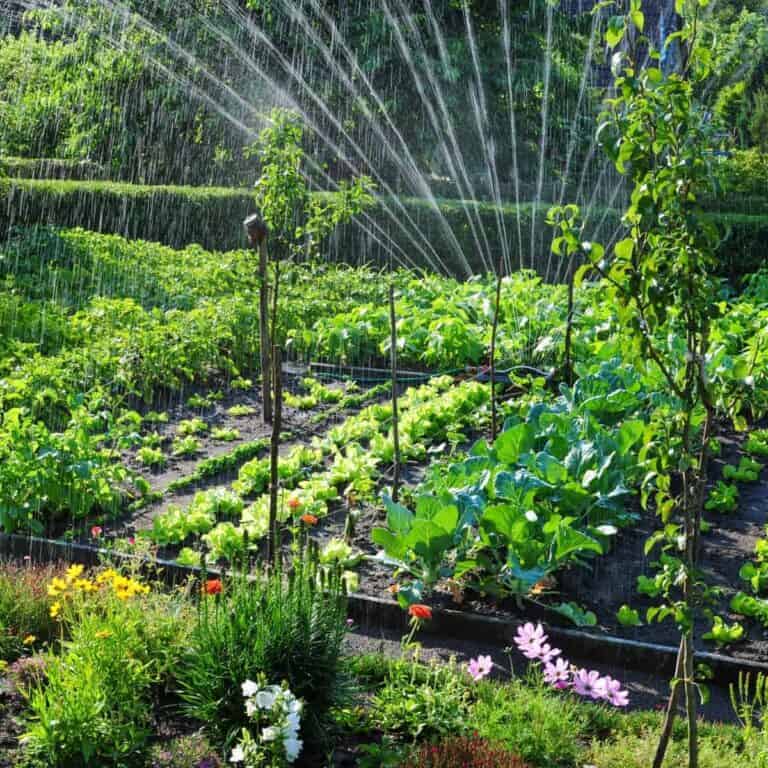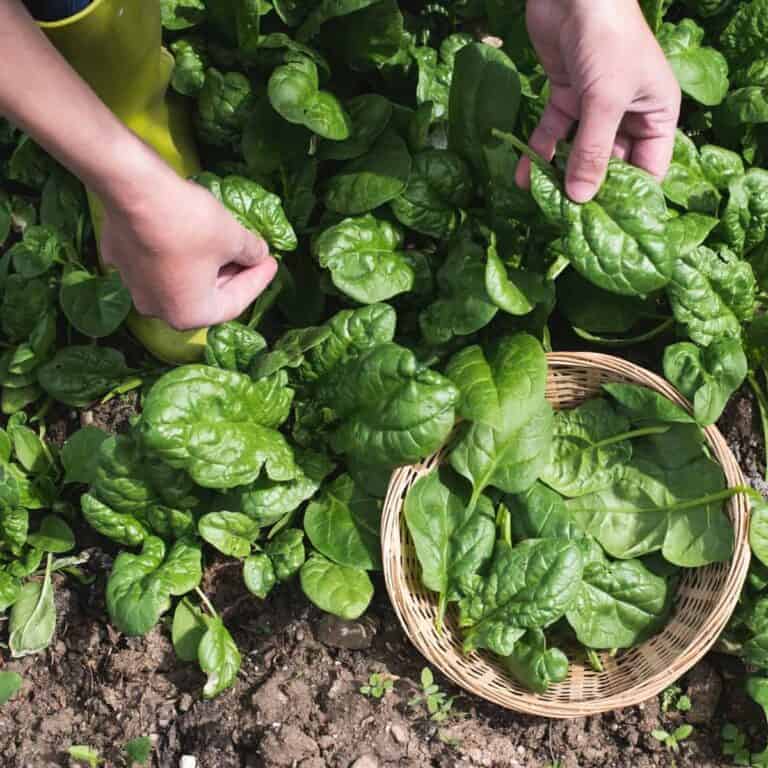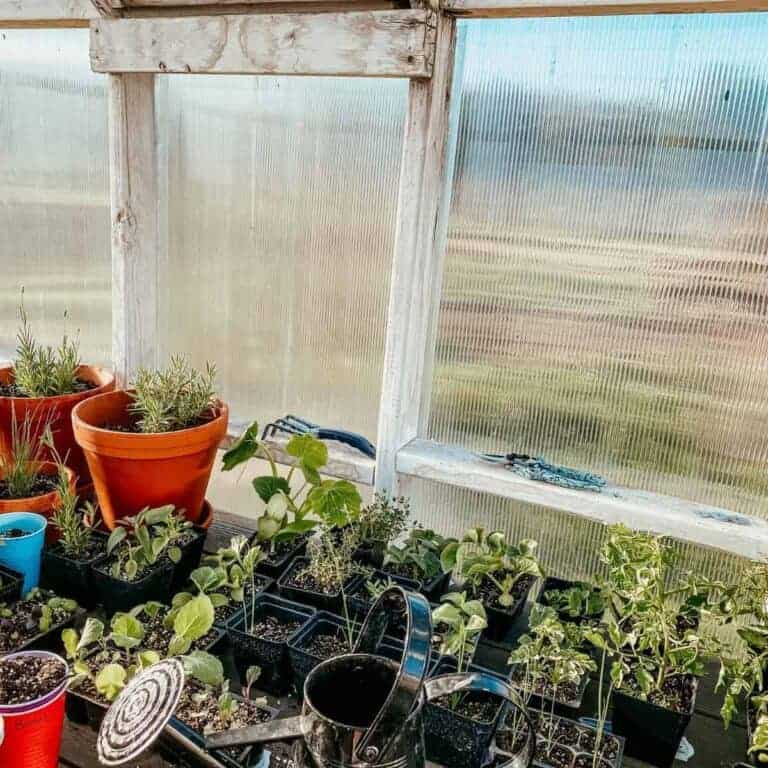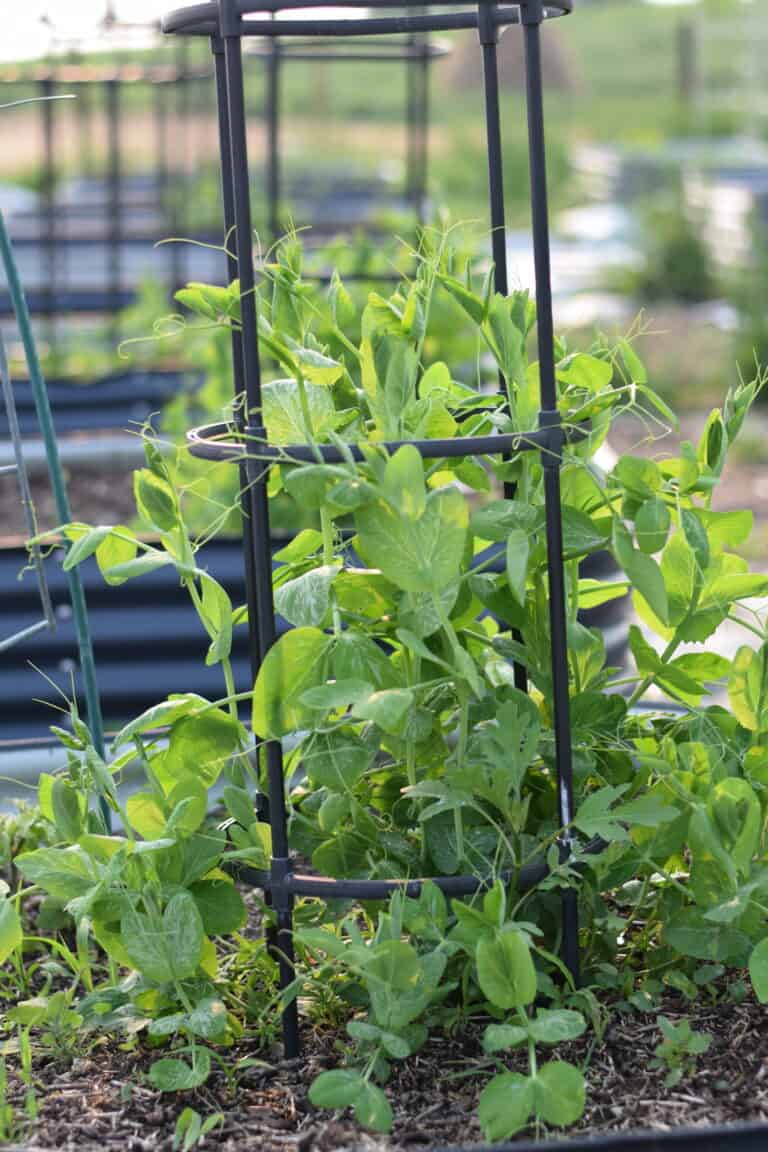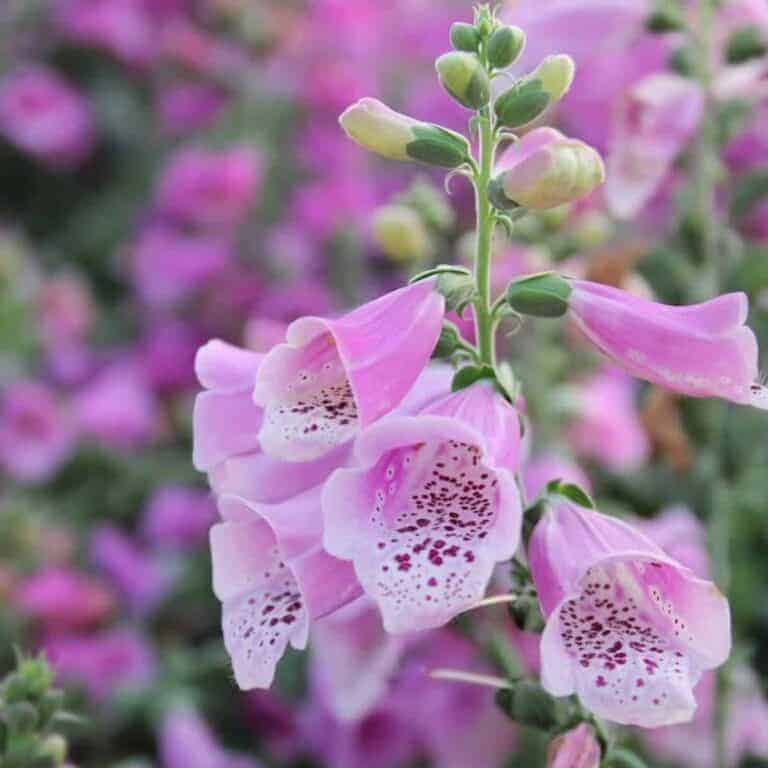Common Mistakes Beginner Gardeners Make + How to Fix Them
Common mistakes in vegetable gardening often revolve around issues like improper planting, neglecting soil health, and inadequate pest management. In this post, we are sharing some of the most frequent errors and how to rectify them.
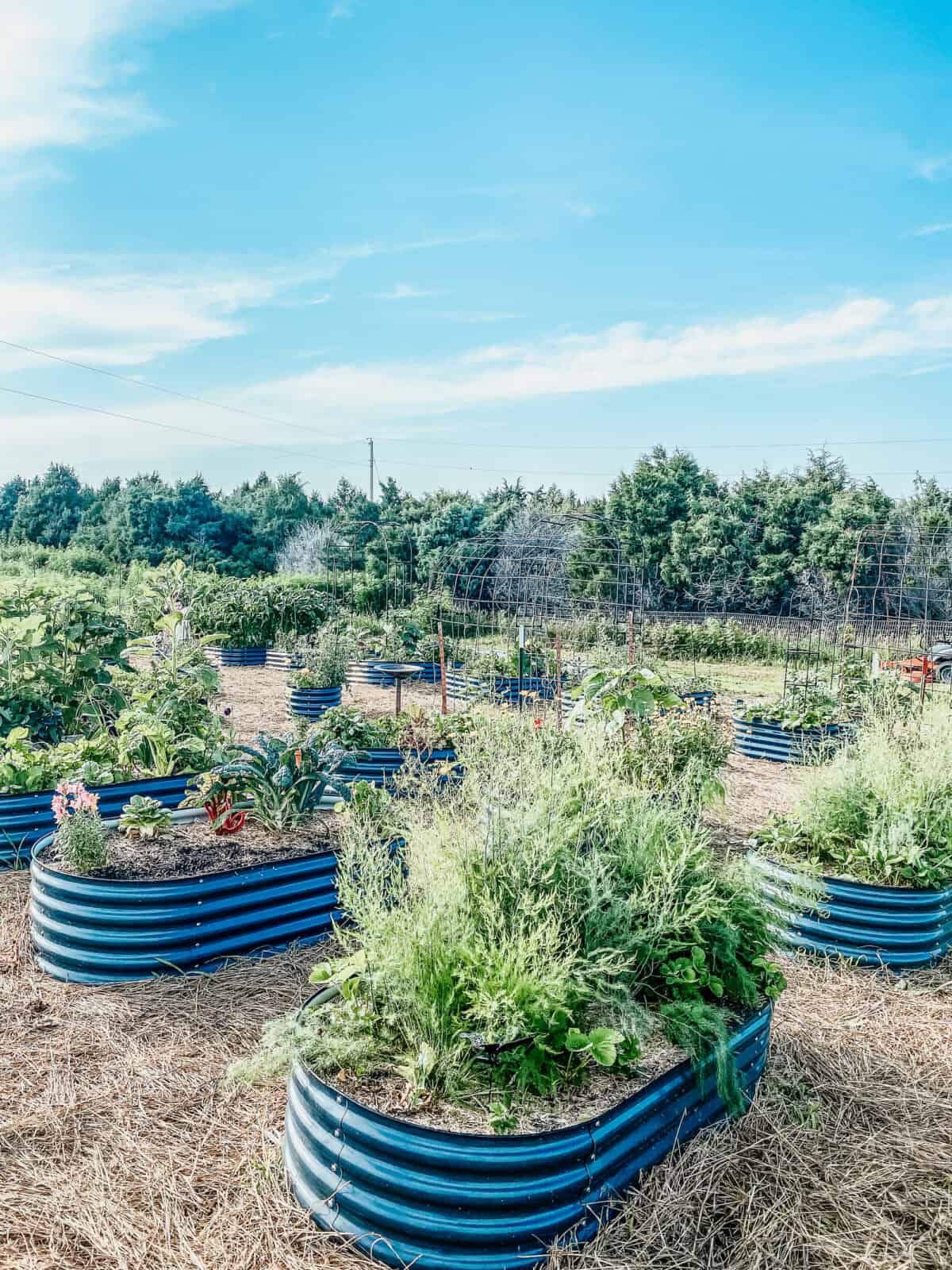
This post has been updated from its original publish date of May 2, 2024.
Most Common Gardening Mistakes
Beginner gardeners often make several common mistakes in the veggie garden, but they’re all part of the learning process! We’ve been gardening for many years on the homestead and many of these mistakes we’ve personally made in our gardening journey.
Our first garden was atrocious. But I learned so much from that garden and with a bit of hard work, these lessons helped me to improve over the years.
Learning from personal garden mistakes and blunders is all a part of growth and in sharing these tips, I hope they help you on your gardening adventure.
As well as for first-time gardeners to avoid frustrations & overwhelm.
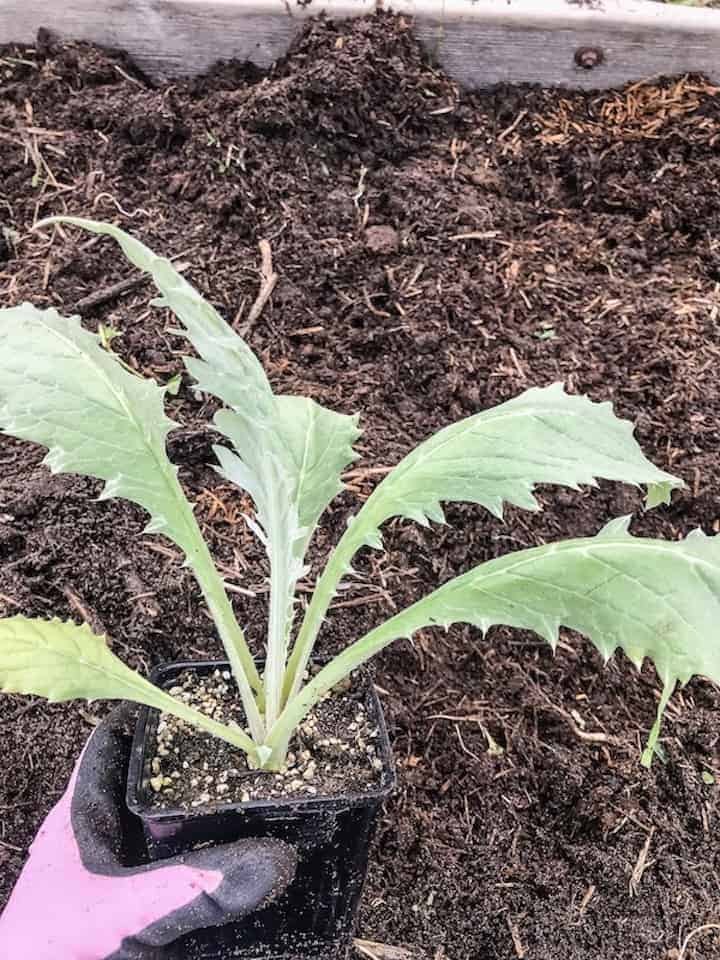
1
Poor Soil Preparation
Do you know what type of native soil you have? Soil quality is such an important thing for plants to thrive. Many beginners overlook the importance of preparing the soil before planting. Knowing your soil type is the first step and then improving with organic materials is the next step.
Plants need quality soil to thrive. Some varieties of plants prefer a slightly sandy soil or a combination of amendments. In general, most prefer a nice loamy garden soil.
Solution: The easiest way to know for sure if you have issues with soil quality is to test your soil to determine its pH and nutrient levels. Amend it with garden compost or organic matter to improve its structure and fertility.

2
Overcrowding plants
Often many of us get a bit zealous and super ambitious with garden plants. Because of this, many new gardeners tend to overcrowd their garden beds with too many plants.
I love to add companion plants and test the boundaries a bit with planting as much as I can in smaller spaces because I want to grow as much of our own food as possible each season. But it is also super important to remember that plants need space to grow.
A perfect example is the image above. I thought it would be a good idea to plant tomatillos with a vining mini pumpkin plant to sprawl over the edges. And I also tucked in a couple of artichokes in the front of the bed with broccolini at the other end. I forgot from previous years that tomatillos get pretty massive. They ended up choking out my artichoke plants.
This is also where keeping a garden planner / journal comes in handy. I use a simple Moleskine hard cover journal for notes and plans in our garden. Read more about our garden planning here.
Planting vegetables too close together can lead to competition for nutrients, water, and sunlight, resulting in stunted growth and lower yields.
Solution: Follow spacing recommendations on seed packets or plant tags, and thin out seedlings as necessary to provide adequate space for growth.

3
Not Providing Adequate Sunlight
Different plants have different sunlight requirements. Make sure to place your plants in locations where they’ll receive the appropriate amount of sunlight. If you have limited sunlight, consider growing shade-tolerant plants.
In general, most vegetable plants require around 6-8 hours of direct sunlight per day. Knowing how much full sun your garden gets each day will help you with placing the plants in the proper place.
Check for specific sun requirements on your seed packets or plant tags.
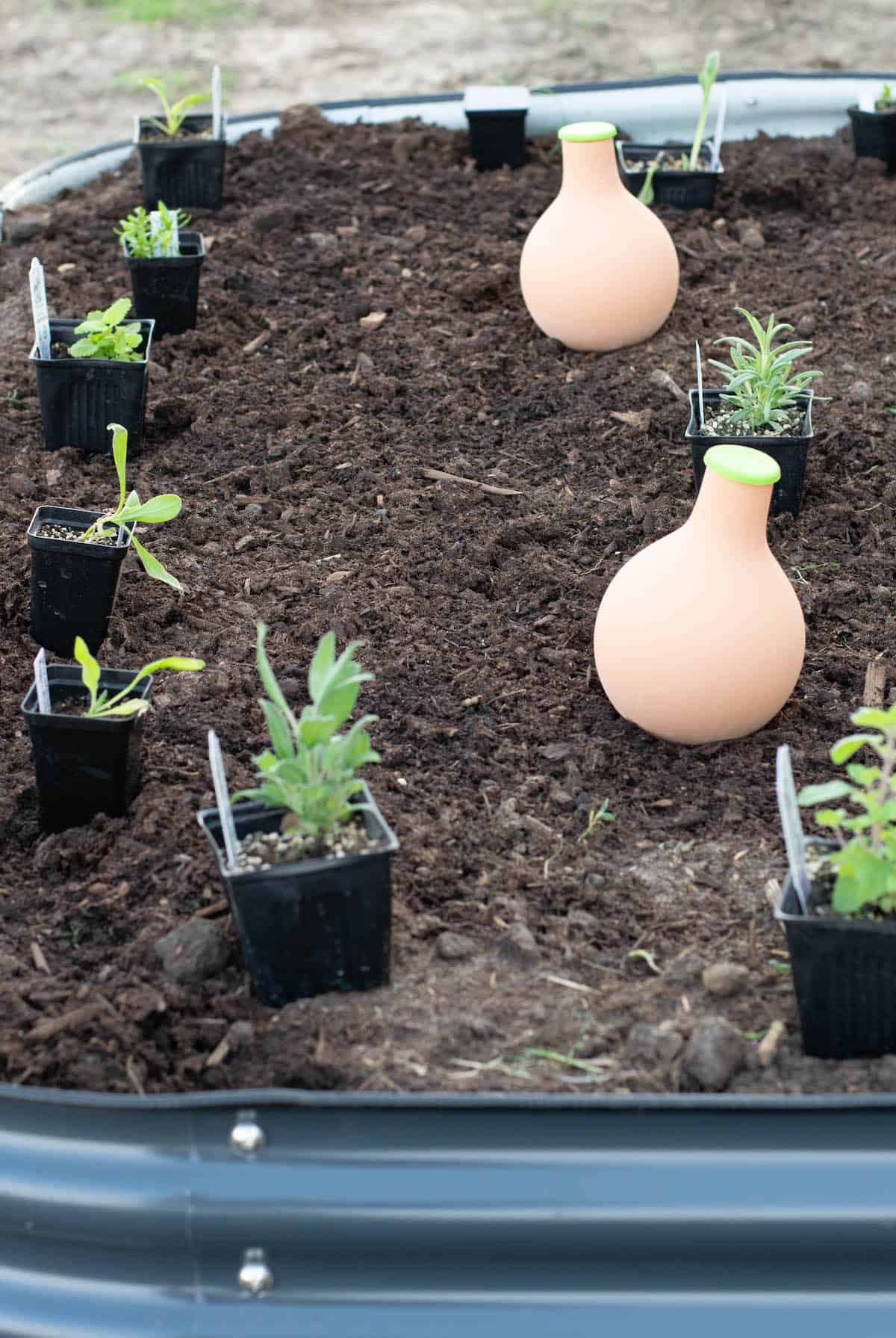
4
Planting Too Deep or Too Shallow
Planting seeds or seedlings too deep or too shallow can affect their growth. Follow the planting instructions on seed packets or plant tags carefully.
Generally, seeds should be planted twice as deep as their diameter, while seedlings should be planted at the same depth as they were in their nursery containers.
When in doubt, again consult your seed packet or plant tags.
Want to save this?
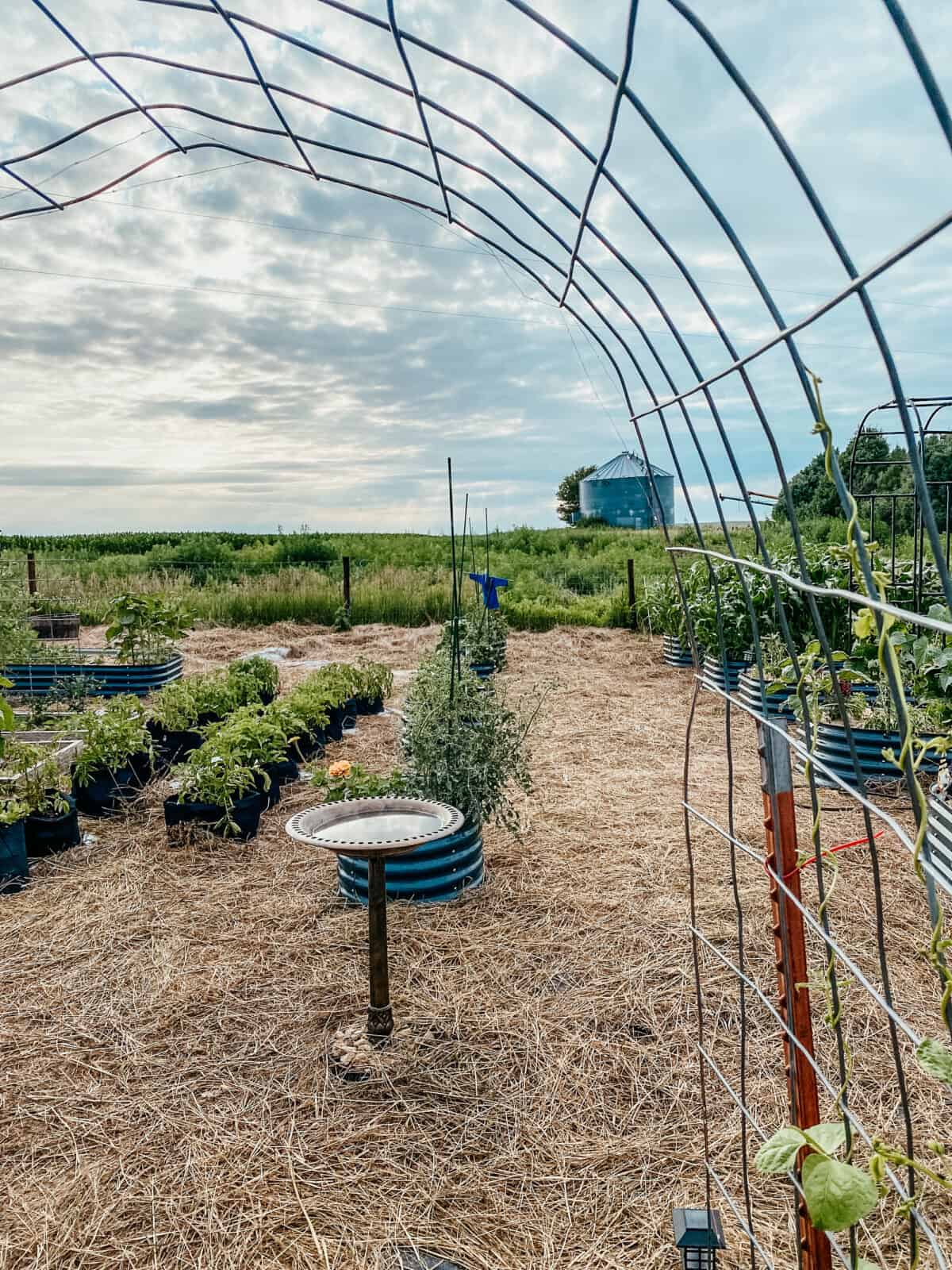
5
Improper Watering
This is one of the most common mistakes. Too much water can drown the roots, while too little can lead to dehydration. Both over-watering or under-watering can harm your vegetable plants. To fix this, learn the watering needs of your plants.
The best way to learn if your plants are getting enough water is to check the soil.
Test your soil for moisture: stick your finger into the soil; if it feels dry an inch below the surface, it’s time to water. If it’s still moist, hold off.
Solution: Water deeply and less frequently to encourage deeper root growth. Use mulch to retain soil moisture and reduce water evaporation.
Some people also like to install drip irrigation inside of their garden beds. We haven’t done this yet, because I really enjoy hand watering. But it is something to consider if you’re short on time.
The best time to water is in the morning before the sun is strongest. The evening would be the next best option, but I personally think morning time has been best for our gardens.
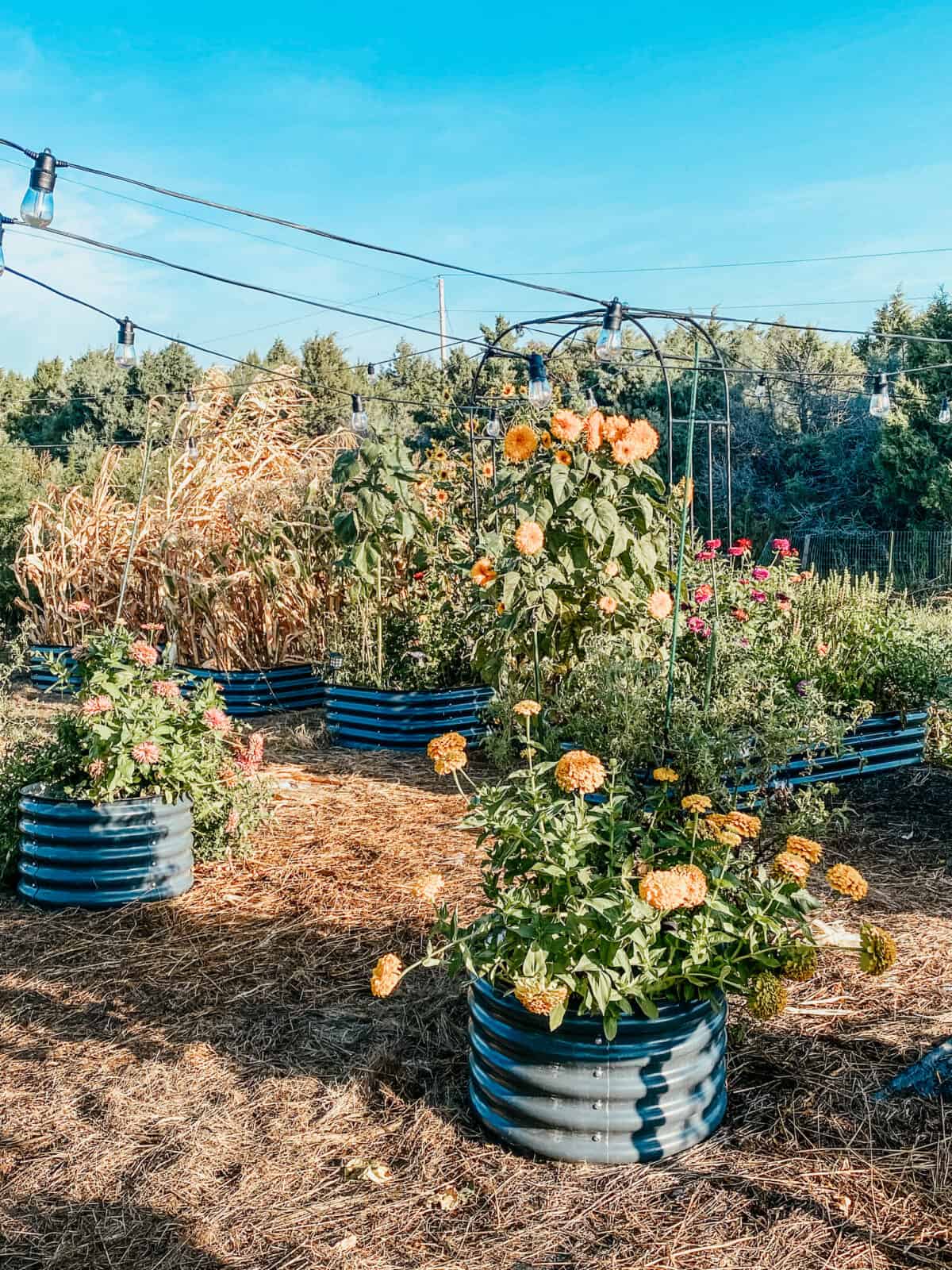
6
Planting at the Wrong Time
Planting vegetables too early or too late in the season can result in poor growth or failure to produce a harvest. If the weather is too cool, like in early spring, some heat tolerant plants like peppers & eggplants may become stunted.
Growing cooler season crops like cilantro, spinach, and lettuces will bolt when temperatures get too warm. Knowing your growing zone (also known as hardiness zone), and what plants grow best in each growing season will help you to achieve success in the garden.
Not all plants can thrive year-round in all climates. Make sure to select plants that are suitable for your local climate and pay attention to seasonal requirements such as frost protection in winter or heat protection in summer.
Solution: Research the recommended planting dates for each vegetable in your area based on local climate and frost dates. Learn your first frost and last frost date.
Generally your local garden center will provide options for what does well in your area.
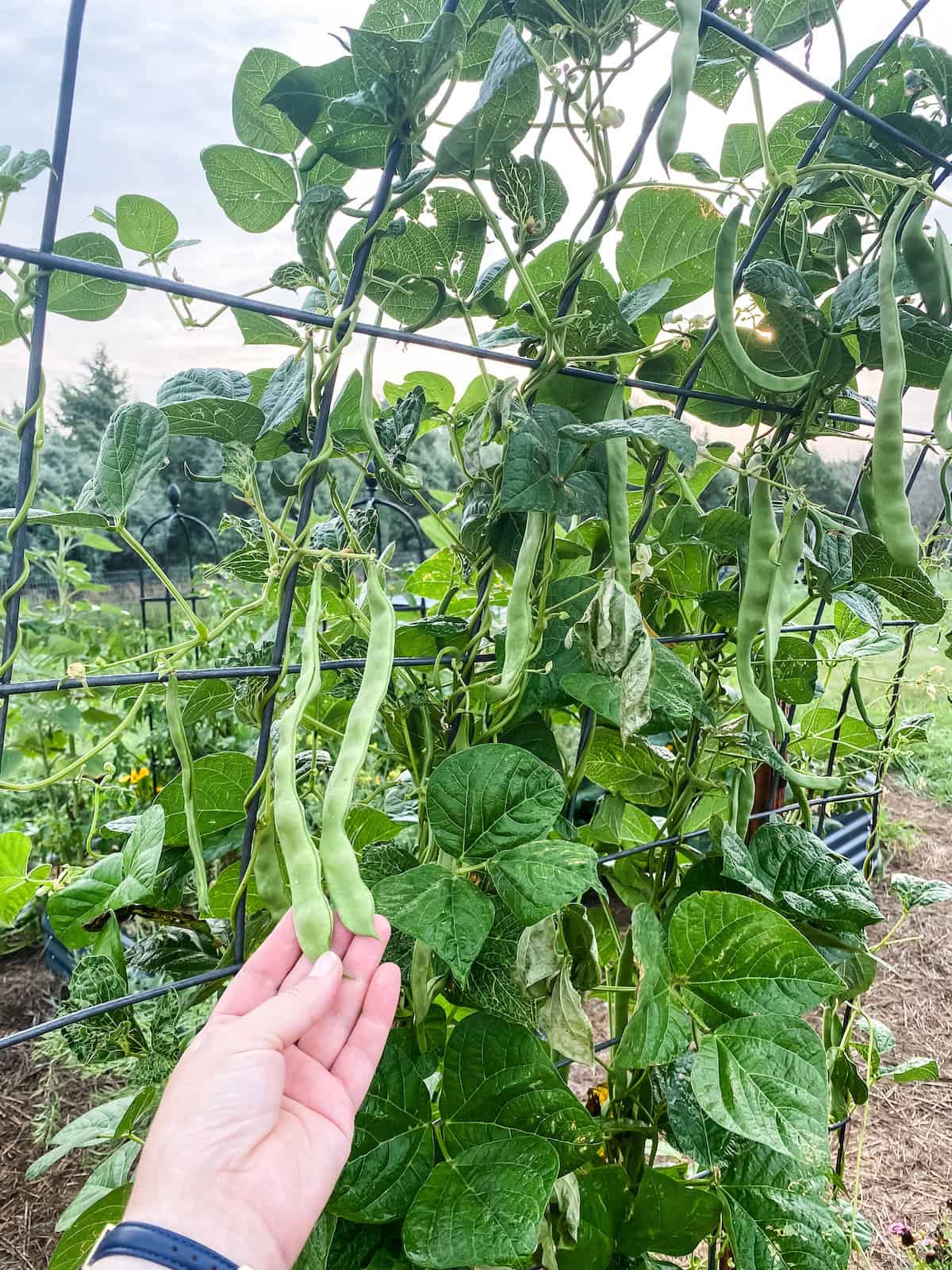
7
Ignoring Pest and Disease Management
Neglecting to monitor for pests and diseases can lead to infestations and crop loss. I always encourage gardeners to spend time outside in the garden every single day.
I know that many people are busy, but taking the time to walk through the garden each day has so many benefits. Not only is it good for your garden maintenance, but it is also great for your personal well-being and health too!
You want to be sure to check for things like fungal diseases such as powdery mildew in your plants. If spotted early enough, you have a chance to rectify it before it spreads to the whole garden.
Solution: Regularly inspect your plants for signs of pests or disease, and take appropriate action, such as handpicking pests, using organic insecticides or fungicides, or implementing cultural practices to prevent infestations.
Personally, we are organic gardeners. So, we don’t use insecticides or fungicides. I prefer to cover our tender spring crops with arches and garden cloth.
We also check the garden often and remove insects or other pest issues when we spot it. Companion planting helps as a repellent in some cases and as an attractant in others.

8
Not Rotating Crops
I love to refresh the garden spaces by creating new layouts within our raised beds. Not only does this allow for creativity and mixing up aesthetics, it also helps with pest management and improving soil health.
Planting the same vegetables in the same location year after year can deplete soil nutrients and increase the risk of insect pests and disease buildup.
Solution: Practice crop rotation by planting different vegetable families in different areas of your garden each year to maintain soil health and reduce pest and disease pressure.

9
Harvesting Improperly
Harvesting your vegetable garden crops at the wrong time or using improper techniques can affect flavor and yield. If you’re spending plenty of time in the garden, you should also be harvesting regularly.
I make sure to plan within my schedule adequate time for regular harvesting and preserving.
Solution: Research the optimal harvesting times and methods for each vegetable you grow, and harvest regularly to encourage continuous production.
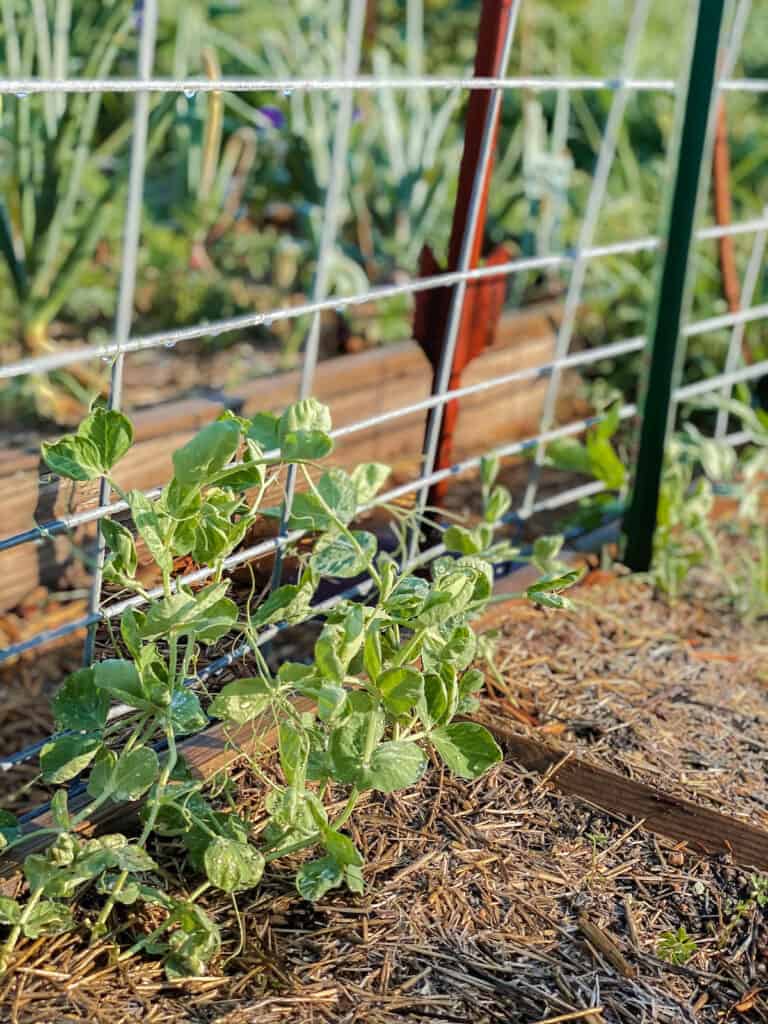
10
Failure to Provide Support for Vining Plants
Not all vining plants need more than a basic trellis for support. Plants like indeterminate tomato plants, cucumbers, heavier fruits and squashes should have extra support as they mature.
We love to use cattle panels for most of our trellising needs.
Neglecting to provide support for vining vegetables like tomatoes, cucumbers, and peas can lead to sprawling growth and fruit rot.
Simply keeping these plants contained and gently tied up with garden twine is usually sufficient. Garden clips are also available for keeping thicker vines and branches secure.
Solution: Install trellises, stakes, or cages to support vining plants and keep them off the ground, which improves air circulation and reduces disease risk.

Bonus Tips
Not Pruning or Deadheading: Regular pruning and deadheading help promote healthy growth and flowering in many plants. Learn the proper techniques for pruning different types of plants and make it a regular part of your gardening routine.
Not Weeding Regularly: Regular weed maintenance is super important for the success of the garden. Again, this goes with spending regular time in the garden. If you spot weeds early, they are so much easier to tackle than if they have grown large and have a deep root structure.
By being aware of these common mistakes and taking proactive steps to address them, beginner gardeners can set themselves up for success and enjoy a more fruitful and rewarding gardening experience.
Happy gardening!


